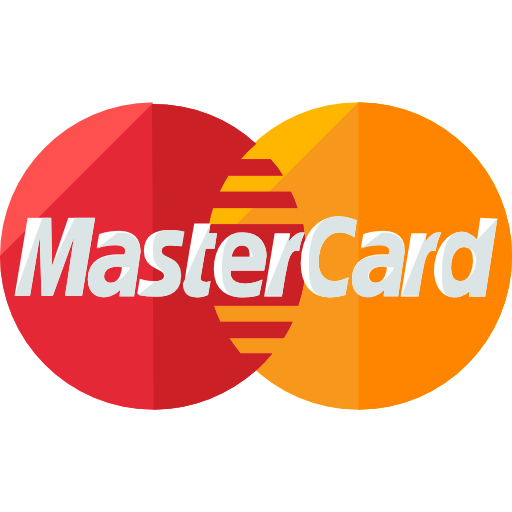News
POS Self-Service Kiosk Philippines EC Electronics, Limited
Friday, October 1, 2021Table of Contents
- Introduction
- What Is a POS Self-Service Kiosk?
- The First POS Self-Service Kiosks
- The POS Self-Service Kiosks of Today
- How Does a POS Self-Service Kiosk Work?
- What Are the Pros and Cons of Putting Up a POS Self-Service Kiosk?
- What Things Should You Consider When Buying a POS Self-Service Kiosk?
- Where Can You Purchase a High-Quality POS Self-Service Kiosk?
- Where Should You Place Your New POS Self-Service Kiosk?
- How Should You Maintain Your New POS Self-Service Kiosk?
- Conclusion
Things to Know Before Buying a POS Self-Service Kiosk in the Philippines
Introduction
Retail stores face many challenges in their day-to-day operations. One of them is how to improve the services they provide to customers. There are plenty of ways to approach this problem, but one innovative solution is to put up point-of-sale (POS) self-service kiosks.
These machines are used in plenty of establishments, such as restaurants, cinemas, and grocery stores. Setting them up lessens the workload of the staff, letting them focus on their intended tasks. More than that, though, the appeal of POS self-service kiosks comes from their efficiency. They are quite beneficial for people in a hurry who do not have time to fall in line and wait for their turn to be served.
If you plan to purchase new POS self-service kiosks in the Philippines, you must get them from trusted suppliers. Grand Tech Int’l. Ent. Corp. is here to provide you with high-quality POS devices distributed by EC Electronics, Limited. Get in touch with our store today to learn how you can order our products.
What Is a POS Self-Service Kiosk?
POS self-service kiosks offer convenience to both retail shop owners and the people who buy their products. These machines are designed to efficiently process customer transactions, much like any other POS device that cashiers use at the checkout counter. The only difference is that POS self-service kiosks are used by customers to quickly tally and pay for the items they bought.
It might sound like these devices are a new and novel idea, but the truth is they have been around for quite a while. Here is a brief history of how POS self-service kiosks were developed and how they eventually became a popular tool used at different retail outlets today:
The First POS Self-Service Kiosks
Automatic vending machines, which were invented and popularized in the 1800s, are often considered the first self-service equipment used by the retail industry. They are coin-operated devices that automatically dispense items, such as canned drinks and cigarettes. This concept was improved, and later, self-service machines were used in different places to process various transactions.
In the 1960s, newer models of these machines were used in banks, and they later evolved to what are known today as automatic teller machines (ATMs). About a decade later, in the 1970s, IBM partnered with American Airlines and American Express to install the first self-ticketing service system in an airport.
The POS Self-Service Kiosks of Today
The old self-service machines were modernized, and they became even more popular. Some of the latest models today feature detailed graphics and touchscreen monitors, which offer more convenience to users. There are even units that accept various modes of payment. For example, customers who do not have cash can swipe or scan their credit or debit cards to settle their transactions.
POS self-service kiosks can be used for a wide range of industries. If you are planning to set up some of them in your store, feel free to buy a few units from us. Here at Grand Tech Int’l. Ent. Corp., we offer high-quality POS devices from the EC Line brand. Reach out to our team today to purchase new POS self-service kiosks in the Philippines.
How Does a POS Self-Service Kiosk Work?
The way a POS self-service kiosk works may vary from one store to another, but the main gist is that customers are the ones who will process their own transactions. In a typical retail shop, for example, guests who want to check out the items they want to buy can follow these steps:
- The customer will go to the store and choose the products they want to buy.
- At the self-checkout counter, they will scan each item using the barcode reader.
- After all the items are scanned, the machine will flash on its screen the total amount that the customer has to pay.
- The customer chooses a payment method. If they want to use cash, they can insert the bills in the designated slot. Alternatively, they can have their card swiped or scanned using the machine’s built-in reader.
- The machine will print a receipt, which the customer can use to check whether all the items they bought are accounted for.
- The details of the whole transaction will be sent to the central POS system of the store.
- Because the customer is in charge of the whole process, they can also be the ones responsible for bagging their own items. They can leave the store once they are done.
At restaurants, the way POS self-service kiosks are used can be a bit different. Customers, in most cases, follow these steps:
(Insert numbered list)
- The machine will flash the restaurant’s menu on its screen. Sometimes, pictures of the food are shown to help the customers choose.
- The customer will click the food items they want to buy as well as the number of orders for that specific product.
- After the customer is done ordering food, the machine will show the total cost on its screen.
- The customer will pay for that amount using cash or a card. Then, a receipt will be printed once the transaction has been completed.
- After getting the receipt, the customer should go back to their seat.
- The customer’s order will be sent to the restaurant’s central POS system, and the staff will immediately start preparing the food.
- The food will be brought to the customer’s table. The waiter can check the customer’s receipt to see if everything is already there.
POS self-service kiosks can be pretty complicated, especially if you are using them for the first time. However, because of the convenience they offer to both customers and business owners, these machines are still highly recommended to be installed at retail stores.
If you ever decide to put up a new POS self-service kiosk in your shop, be sure to buy the unit from a reliable source. Grand Tech Int’l. Ent. Corp. provides you with state-of-the-art POS devices that you can use for your business. The products we sell are supplied by EC Line, a Hong Kong-based company, so you can rest assured that they are of the highest quality. Get in touch with us to buy a new POS self-service kiosk in the Philippines.













